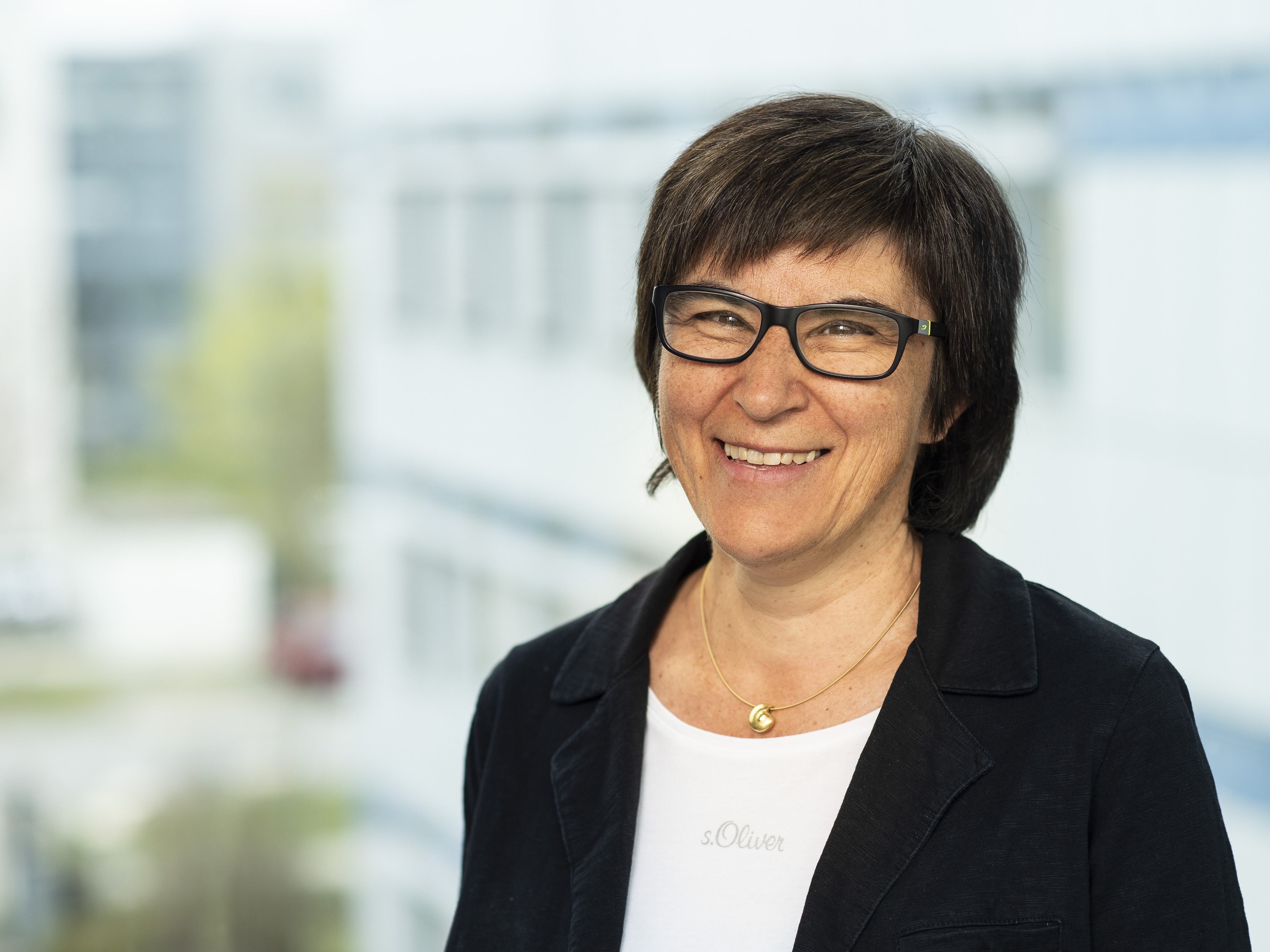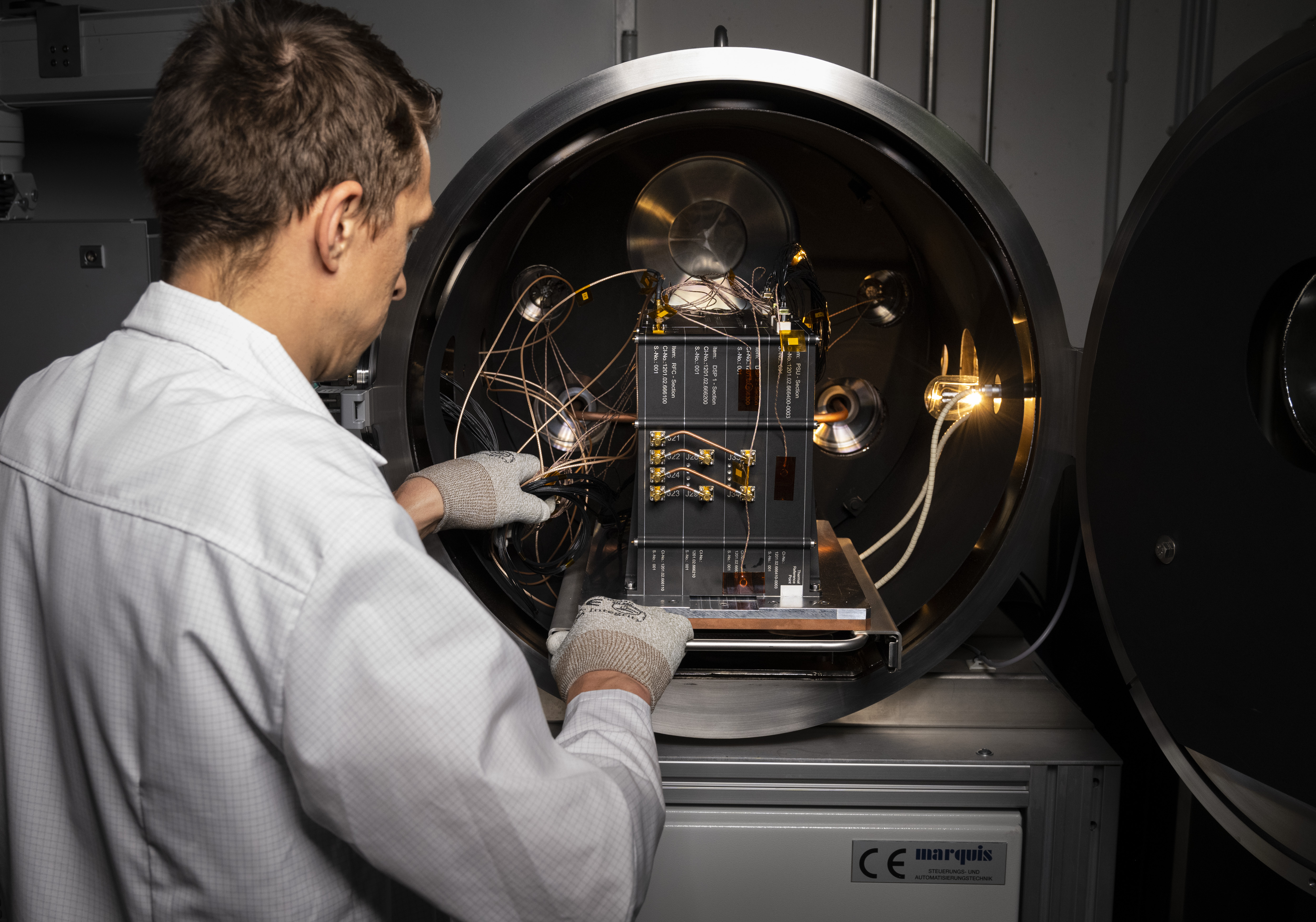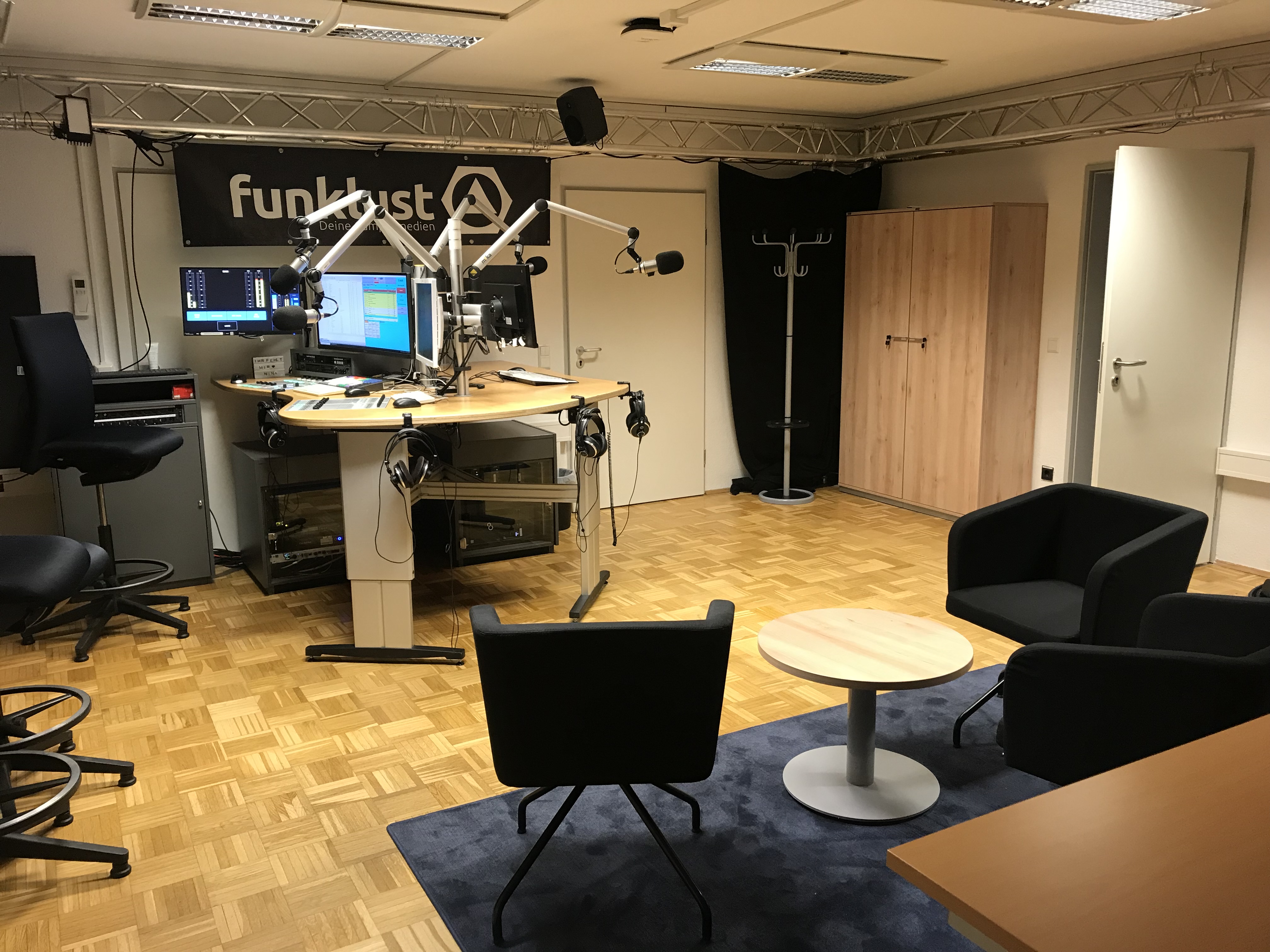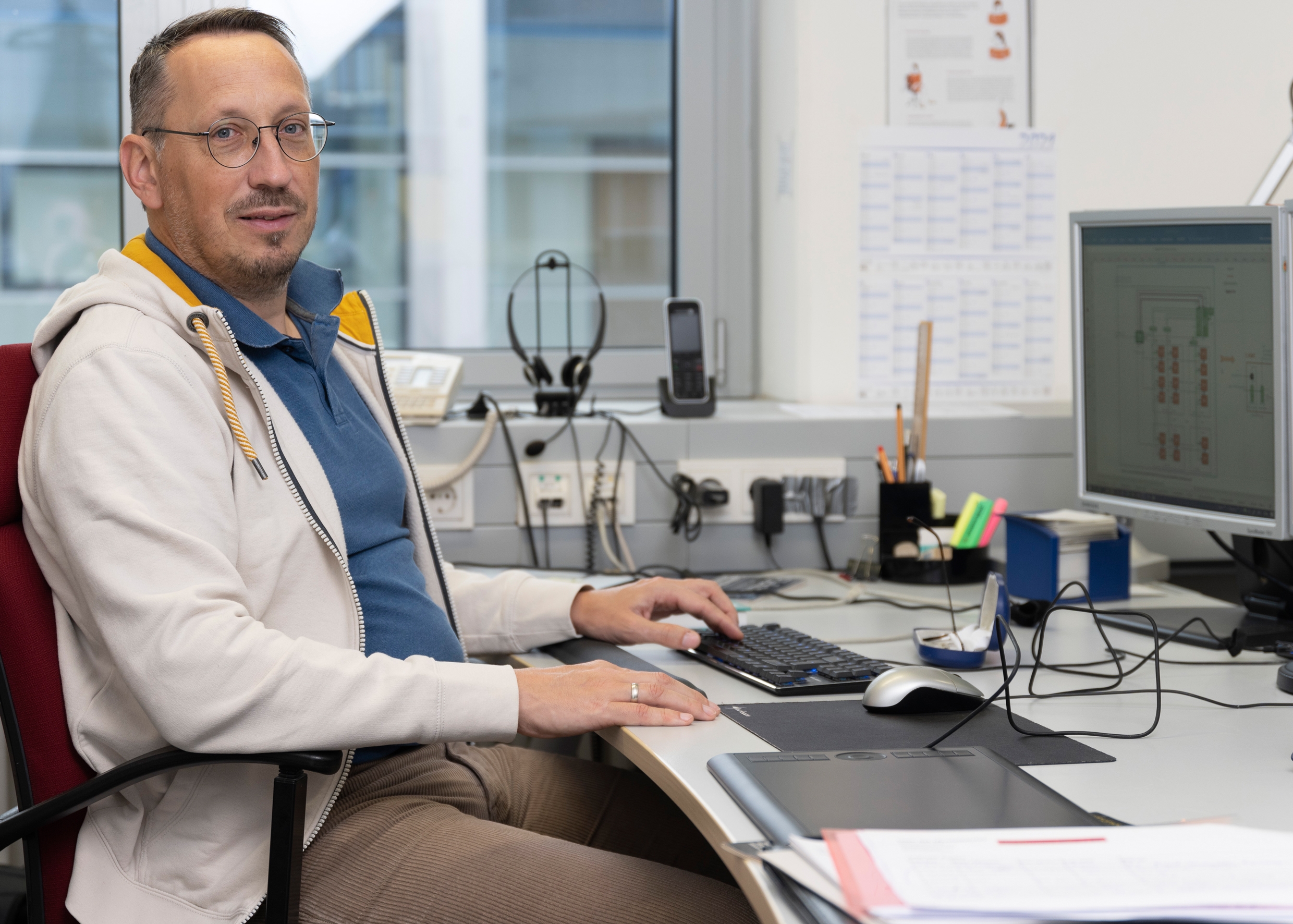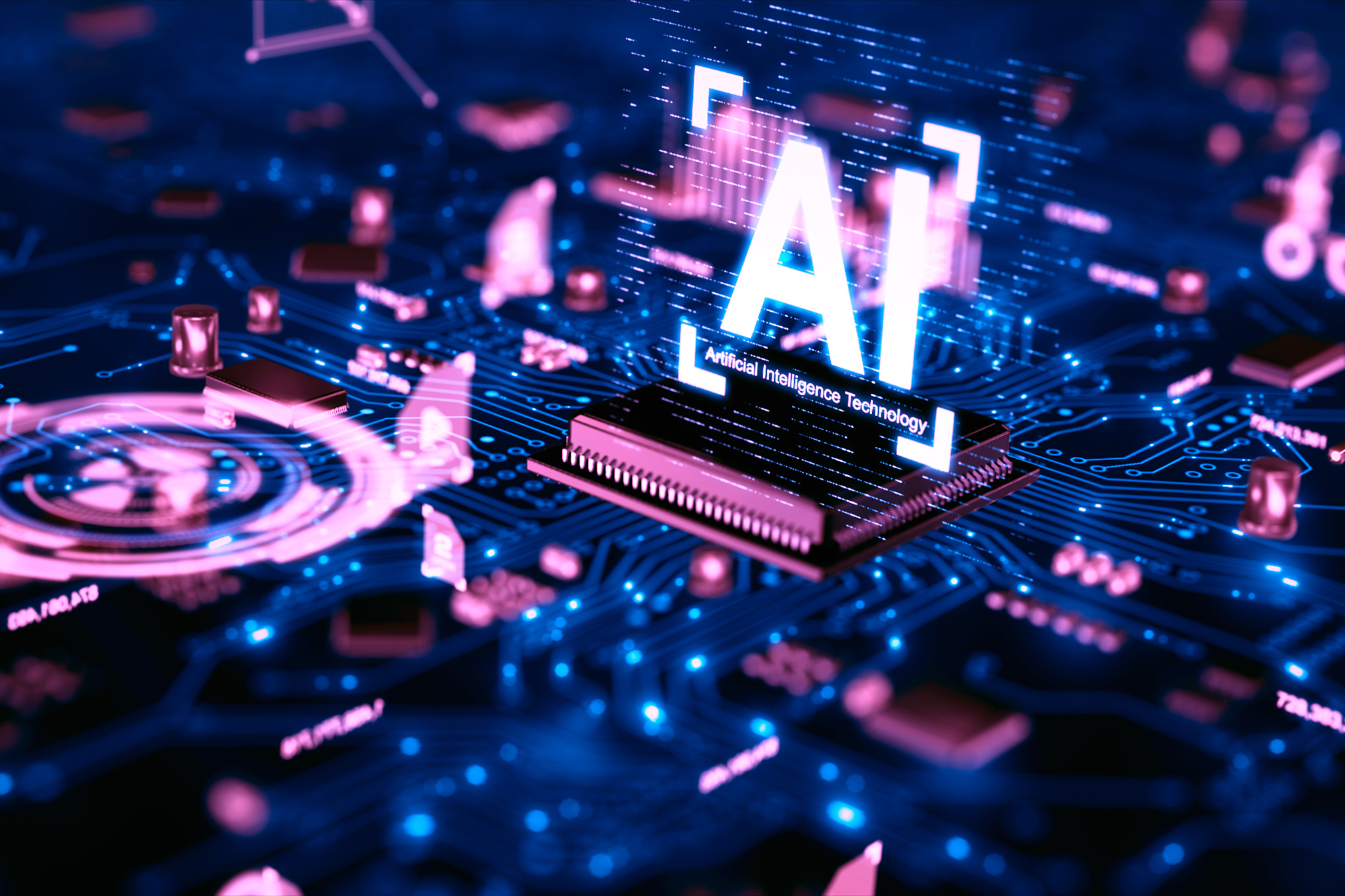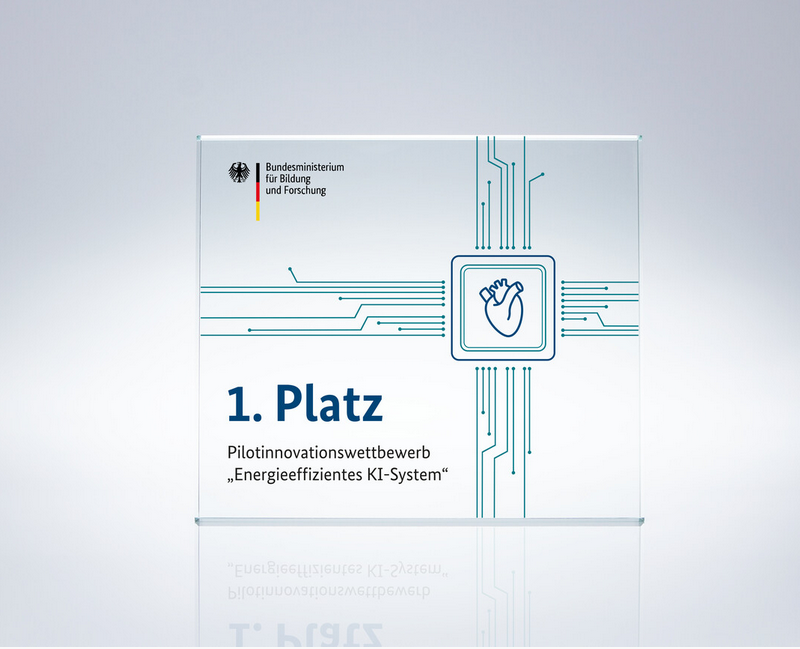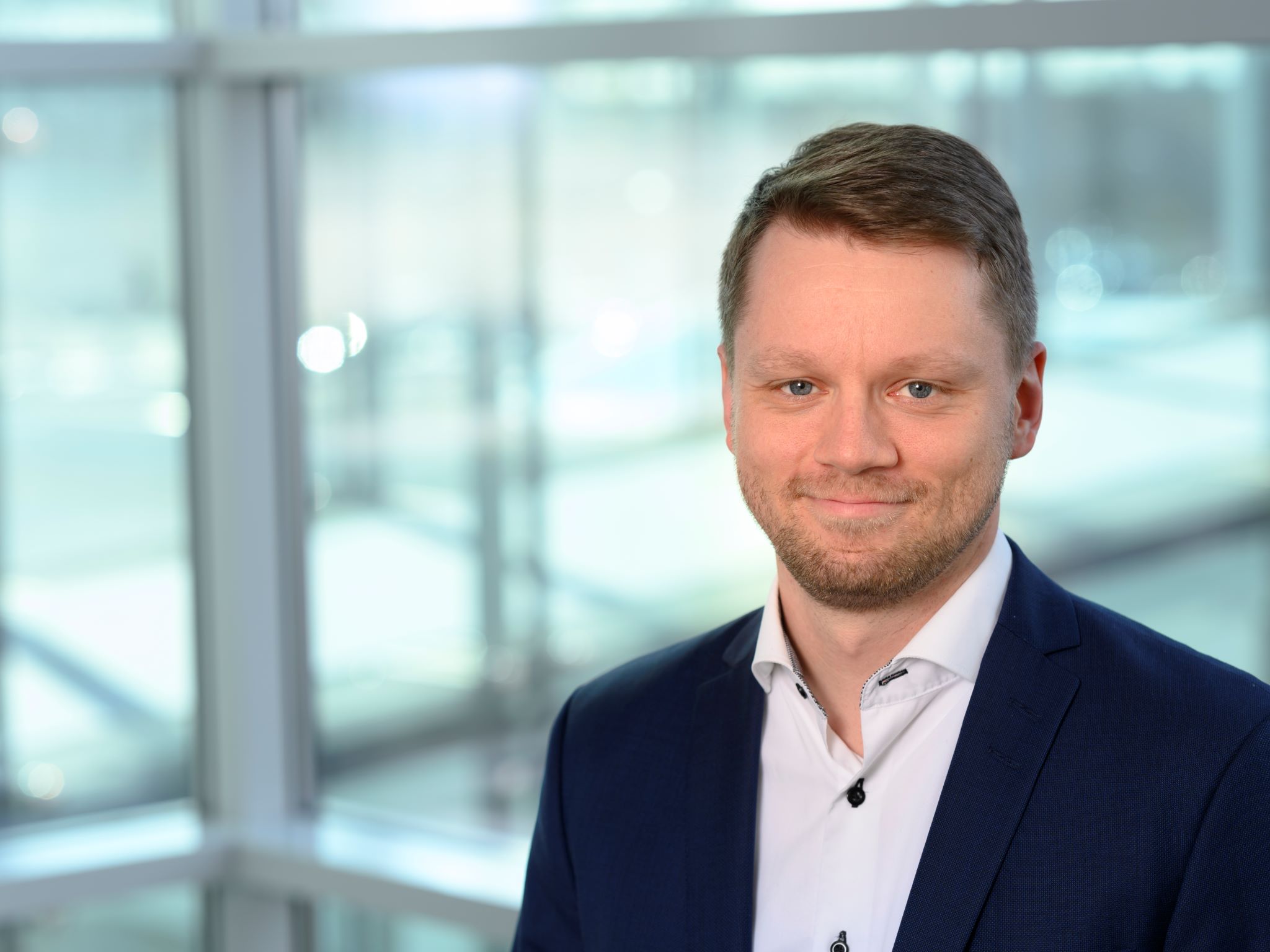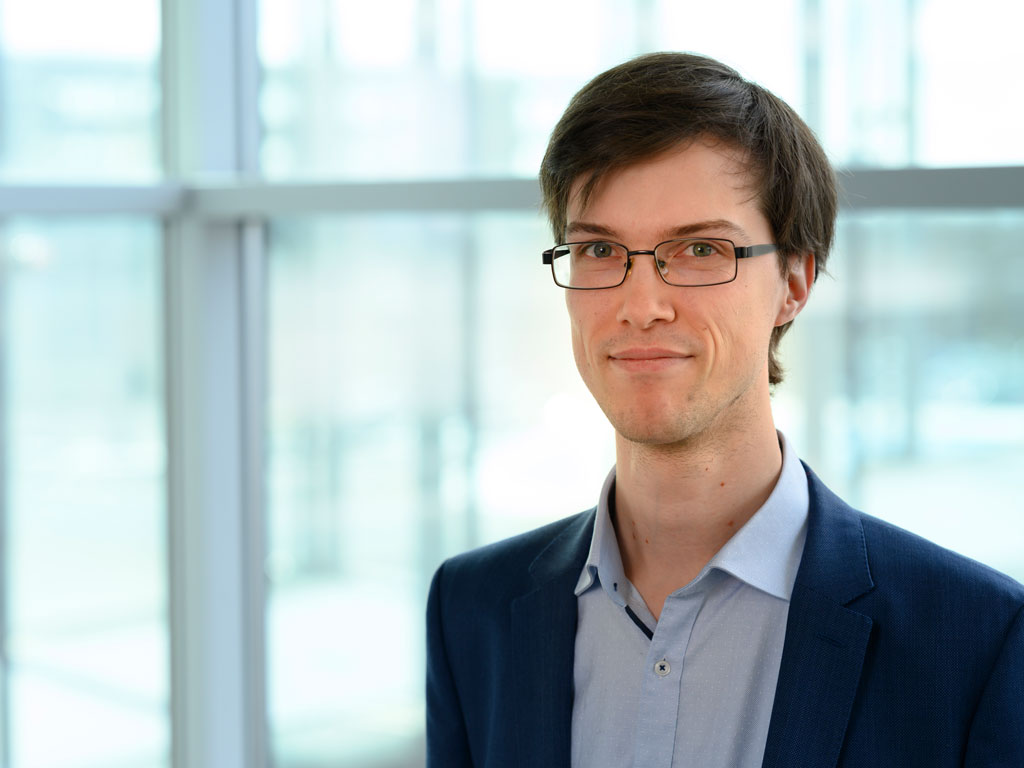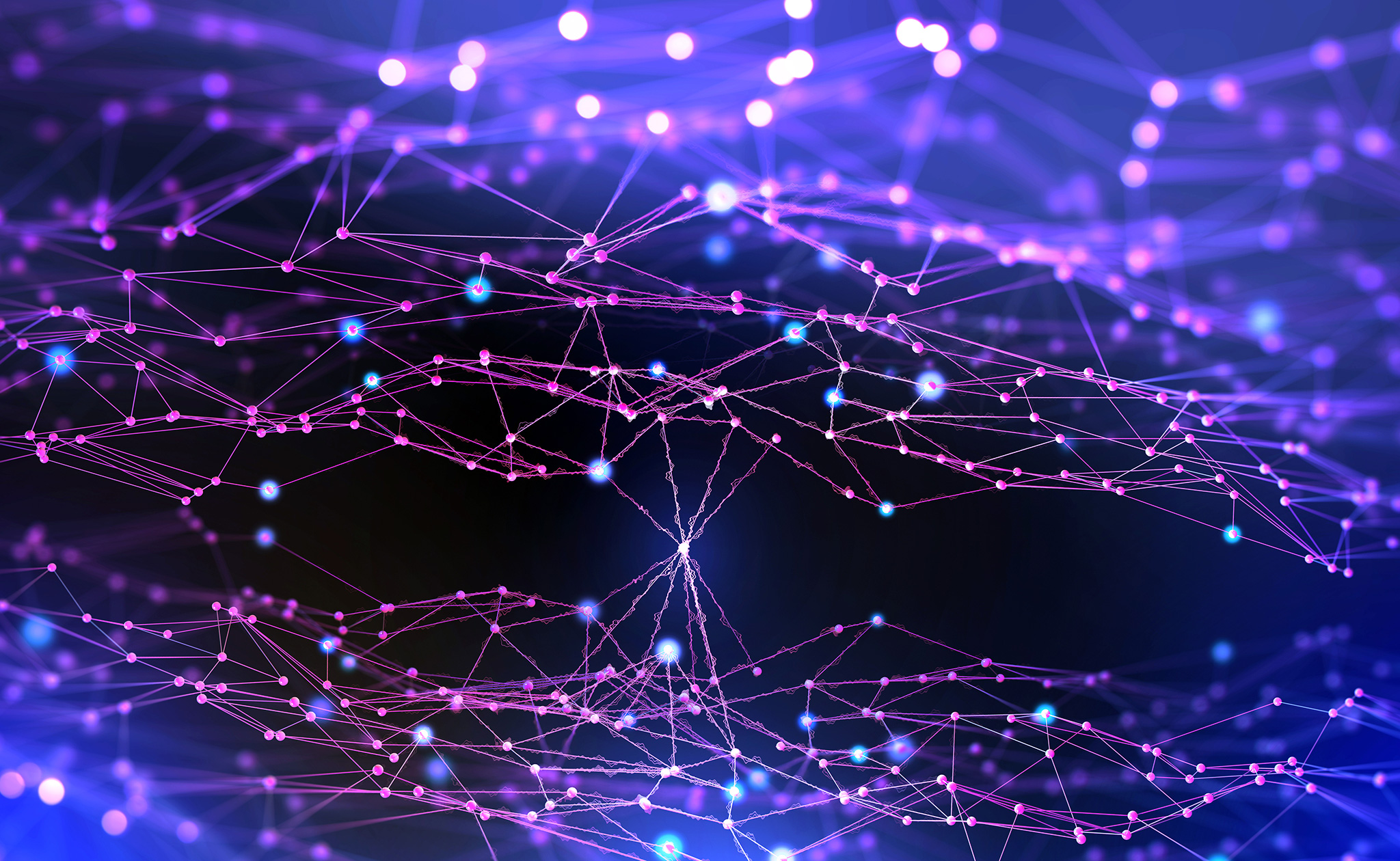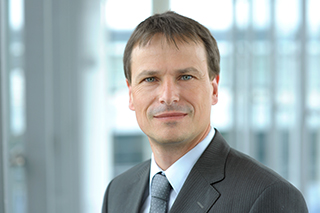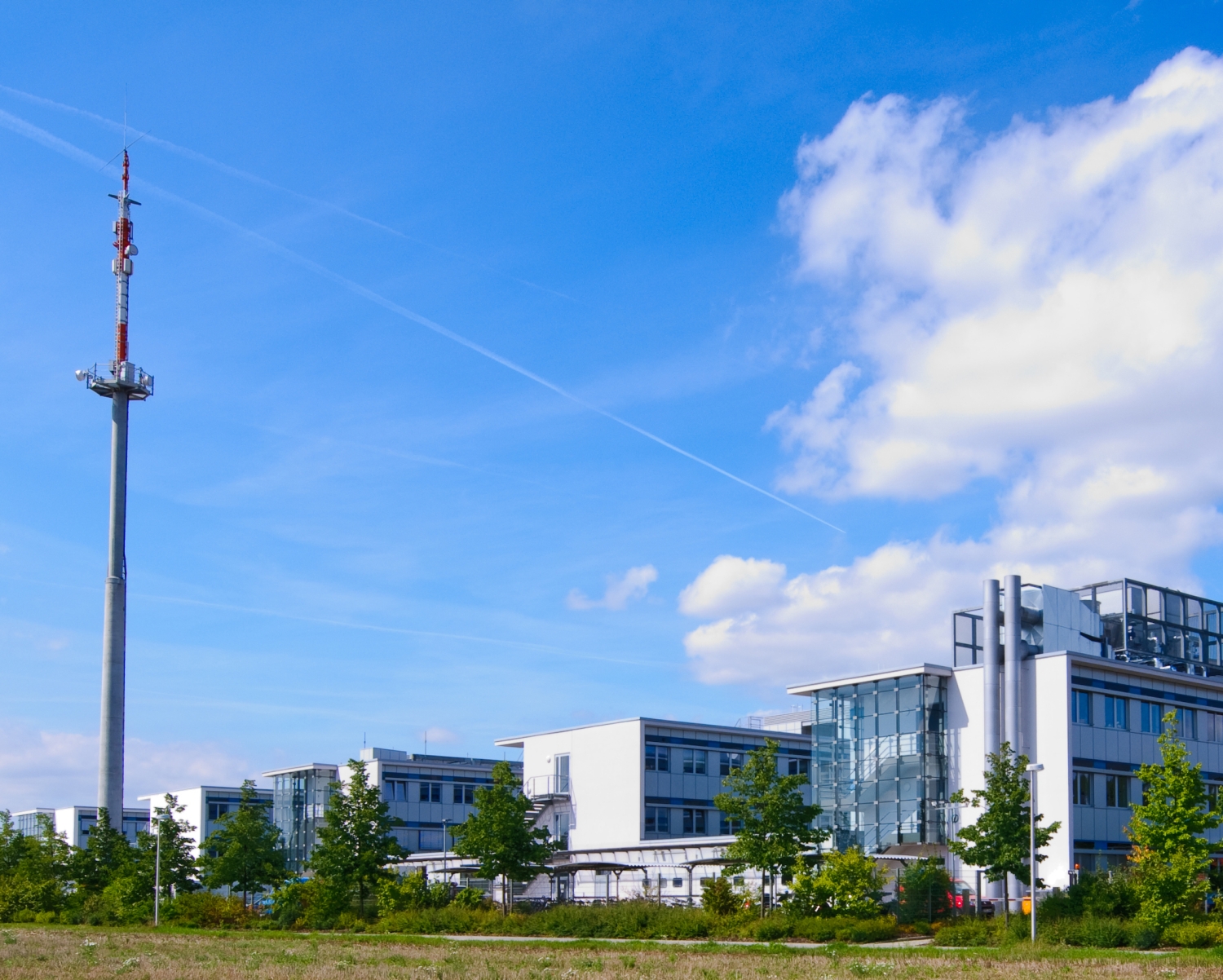Driving the efficiency of artificial intelligence
Series: AI / 20.2.2025

A problem with many AI networks is that they’re good — really good — but sometimes a little big and overly precise. That means a lot of energy, memory, and computing time are spent on complex calculations, even though simpler models could solve the task at hand more efficiently. But how do you turn an overly complicated neural network into a compact artificial intelligence (AI) that also runs reliably on small devices, for example, in a headset for sleep monitoring? This is where neural architecture search comes into play.


